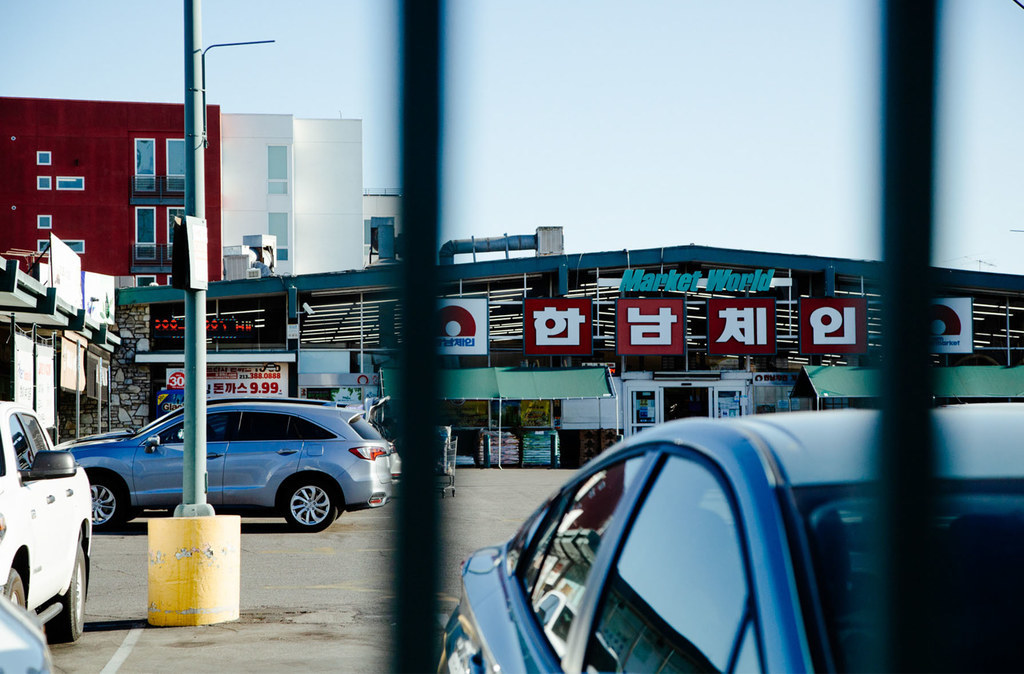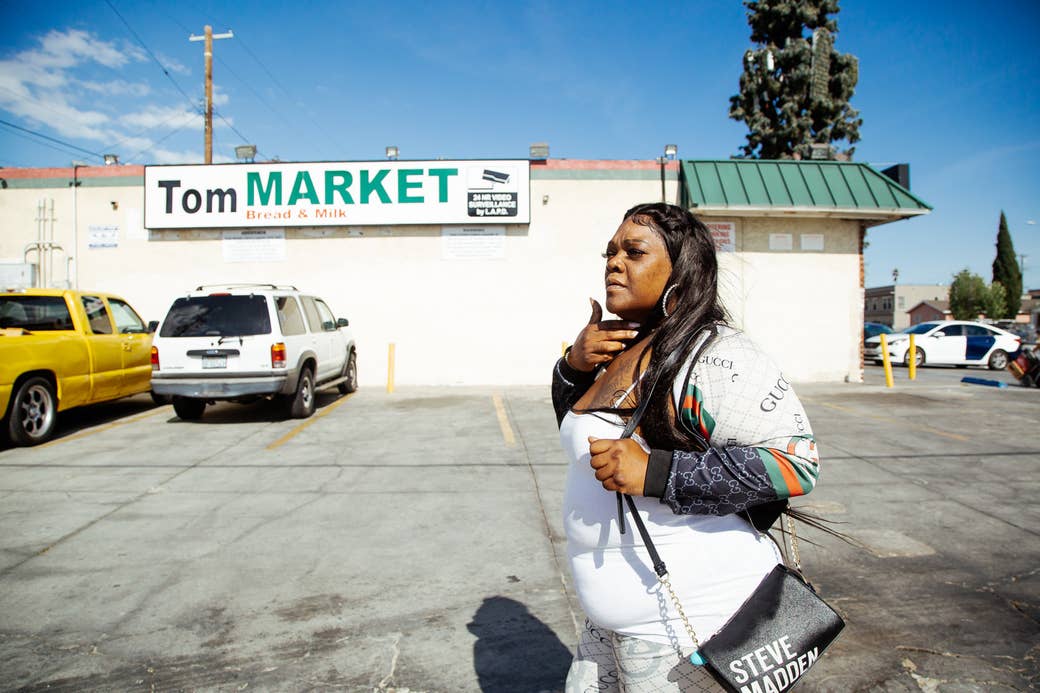
How the LA unrest impacted some in the community
It’s been 30 years since the Rodney King verdict and the days of civil unrest in Los Angeles that followed. For many, what became known as the LA riots ended when the smoke cleared. For others who grew up in the aftermath, their lives were impacted forever and the place they called home changed in ways that are still felt today. This story remembers the events of 1992 through the perspective of those who were kids and teens at the time.
Paulette Washington
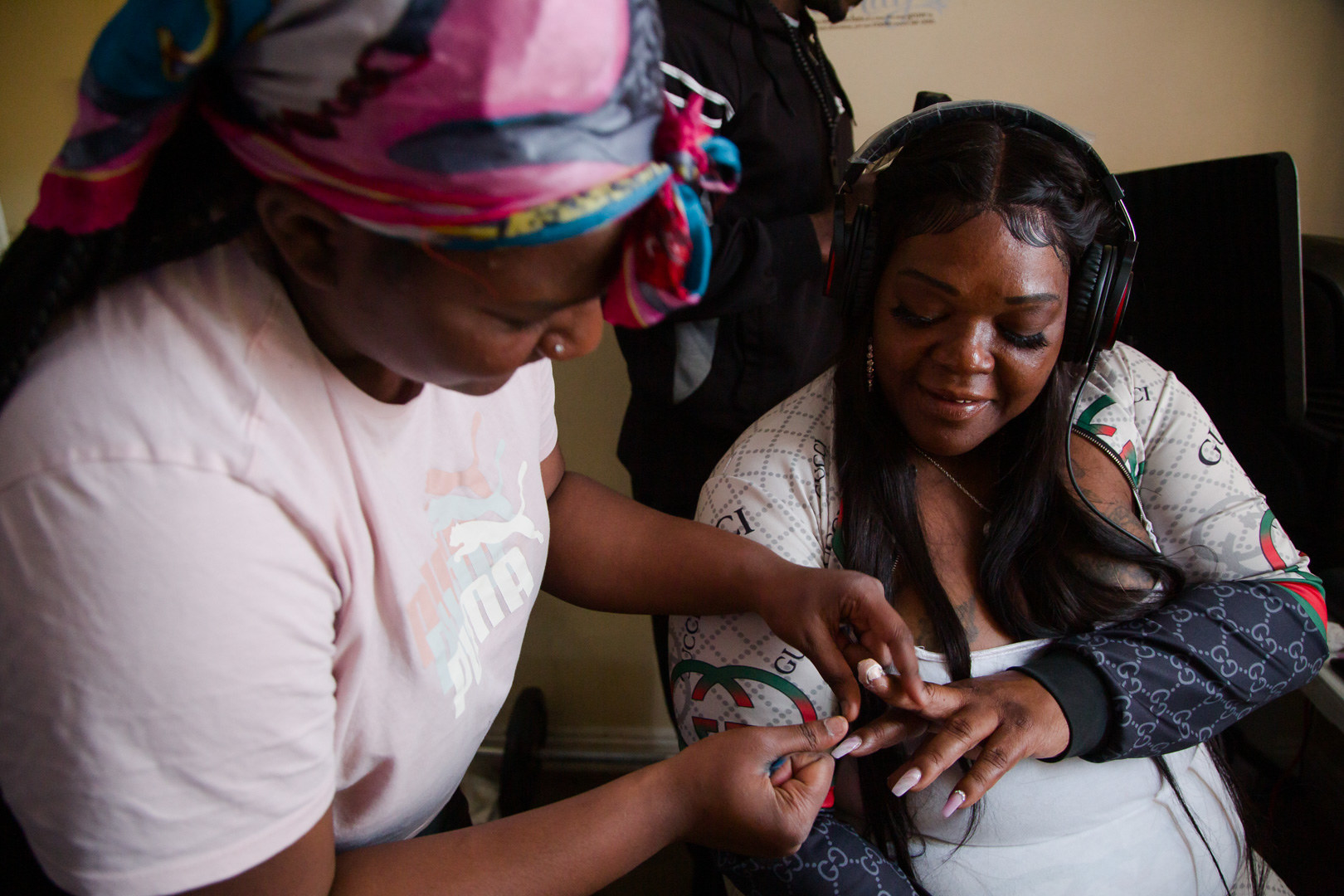
Driving down Normandie Avenue always brings back memories for Paulette Washington. She grew up on West 69th Street, a few blocks north of the intersection of Florence Avenue and Normandie Avenue, which gained international attention as the center of the unrest following the acquittal of the officers who beat Rodney King. For Washington, it was part of the neighborhood she called home, where her father was a pastor at a nearby church, where she used to shop at Tom’s Liquor. She would sneak back to the neighborhood even after her parents moved the family to Inglewood in 1989.
The day of the verdict, April 29, 1992, Washington and her sister watched on television from a friend’s house in her old neighborhood. When she heard none of the officers had been convicted, she was in disbelief.
“Lots of people hurt because they expected to get some justice,” Washington said.
She and her sister watched as a crowd began to form at the intersection of Florence and Normandie. Washington says it started with people chanting but later turned angry when racial slurs were directed at the group that congregated at the corner.
“At that point, it was kind of scary,” she said. “Where’s this going to go?”
She saw some of the folks who had come together at the intersection stopping cars, including the truck driven by Reginald Denny. Denny was later seen in helicopter footage being pulled out of his truck and beaten by the group. Washington grew up with Damian “Football” Williams, one of the men who was seen in that footage striking Denny with a piece of cinderblock.
Things were getting out of hand, and Washington and her sister decided to head home to Inglewood — but after arriving at her home, she felt the need to go back. Her friends were still there. She went up Normandie Avenue with her mother that evening to look for them.
When they reached the area of Florence and Normandie hours later, the neighborhood was completely dark. The electricity had been shut off, and all Washington could see was smoke filling the streets from some of the fires that were burning. She remembers people watching from their balconies. It hurt to see her neighborhood in that state, and she was never able to find her friends that night.
“People were just in the dark,” she said. “The next day a lot of people went to jail, so a lot of fathers and mothers are going to jail, kids were left without their parents, it was a sad day… People [were] angry because justice wasn’t served. It was sad, watching everything in your community go down.”
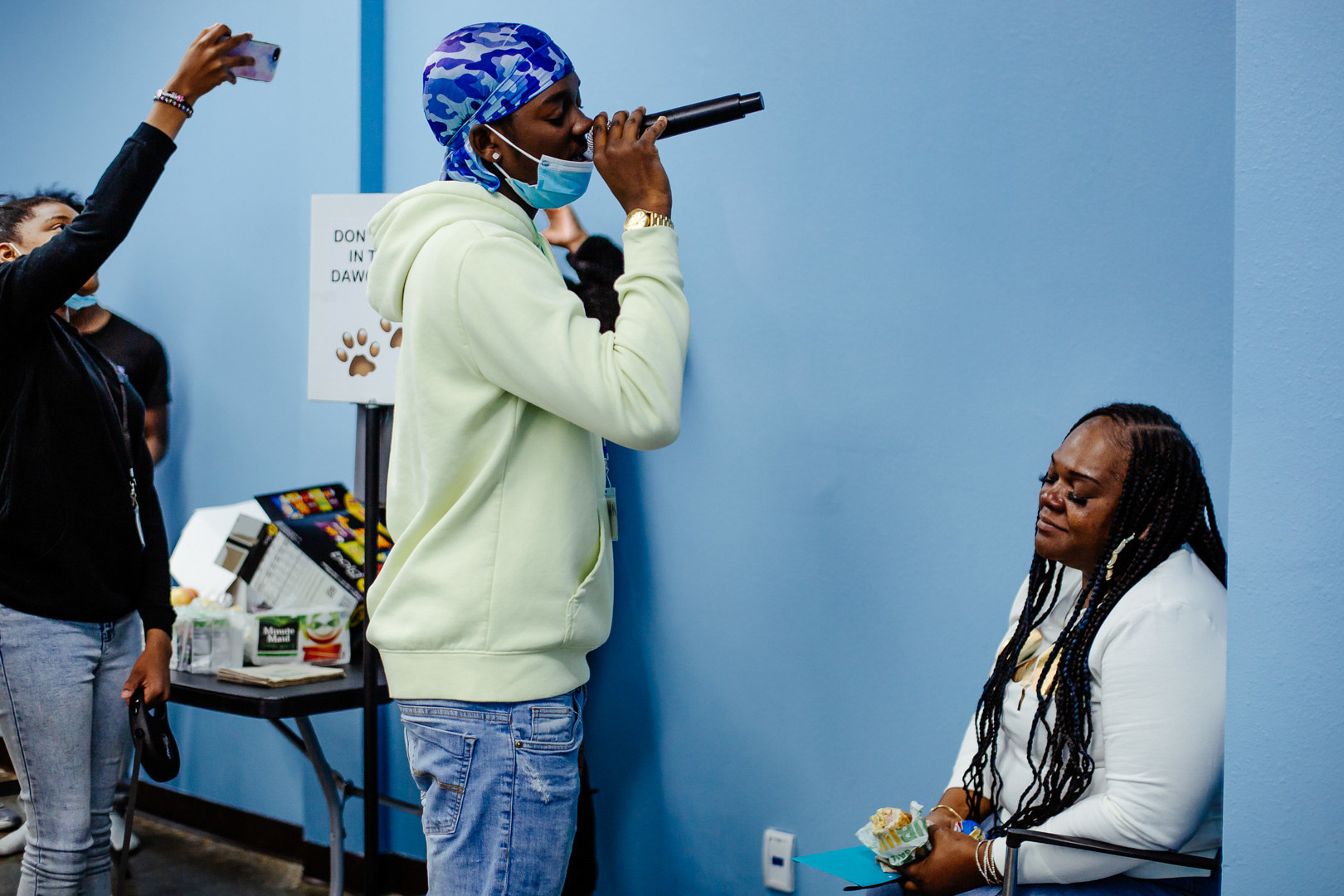
For Washington, this was the catalyst for the work she now does in the neighborhood. For years she worked with the Affiliates and Offenders Recovery Program, which deals in gang prevention and intervention, anti-bullying programs, and women’s empowerment, among other things. She also helps organize food and school supply giveaways in the community.
“The change I want to see is to bring forth a better generation of people in these communities,” Washington said. Her hope is to one day open a center where she can teach vocational skills to youth in her community.
Gernay Quinnie
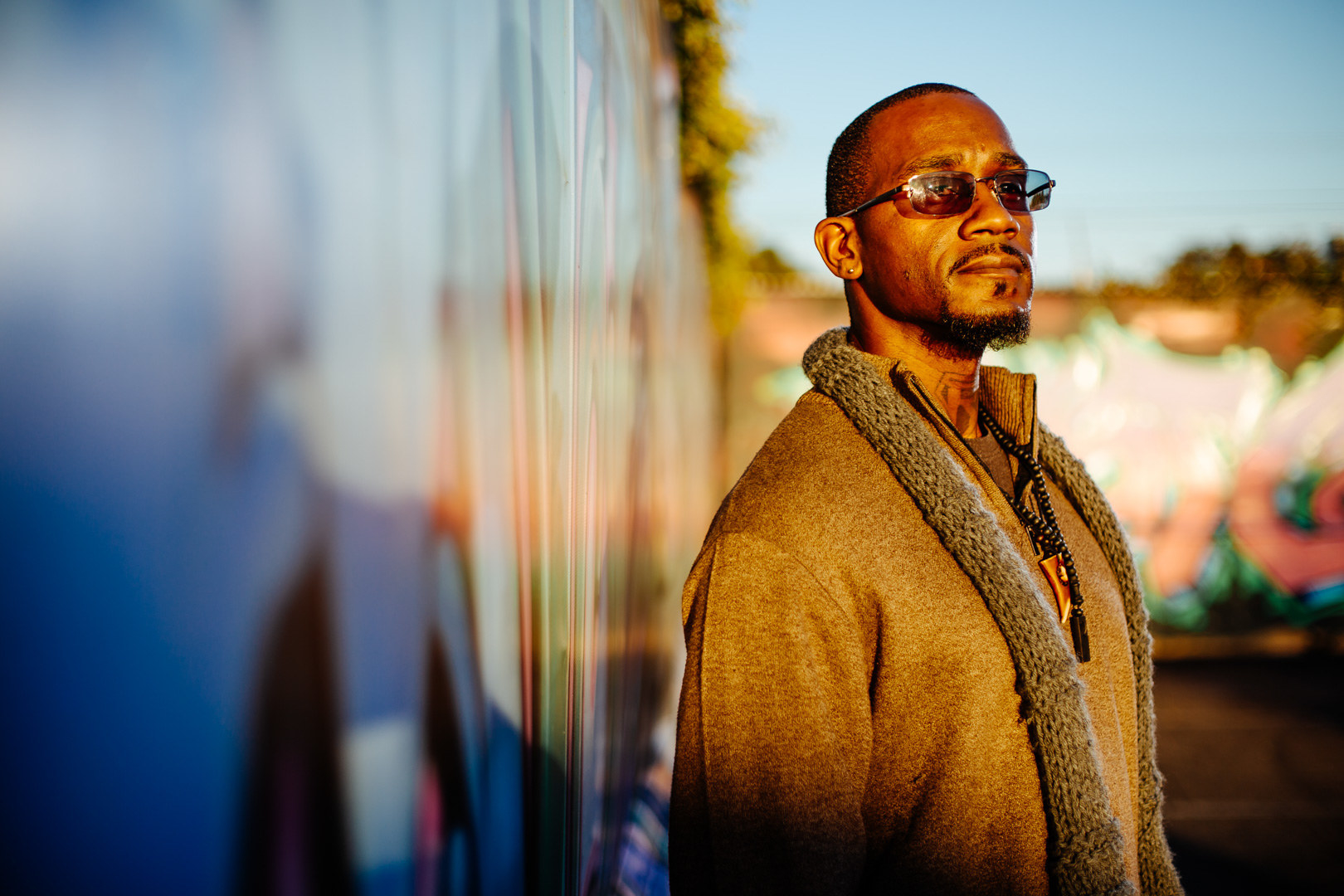
Gernay Quinnie remembers everything about April 29, 1992. While the world was glued to the TV, waiting for the jury to come back with a verdict, Quinnie was watching cartoons with his brother. Quinnie was 10 years old.
He remembers being left alone for hours. His mother and her boyfriend had gone out to join the people who took to the streets that day, and she wouldn’t come home for several days — she was arrested, and Quinnie and his brother were left to fend for themselves. Ralph’s, a regional grocery store chain, was delivering food vouchers to people’s doorsteps for free sausages and bread as part of a promotion for its new stores in the area. The brothers would use them to get food for the coming days.
After days of civil unrest, the boys emerged from their home in the West Athens neighborhood of Los Angeles to a new reality. The events of 1992 changed Quinnie’s community and his life.
“The events then triggered in me a sense of low self-esteem,” he said. “It triggered in me a low value on my life, which ultimately led me to want to throw myself into the gang life.”
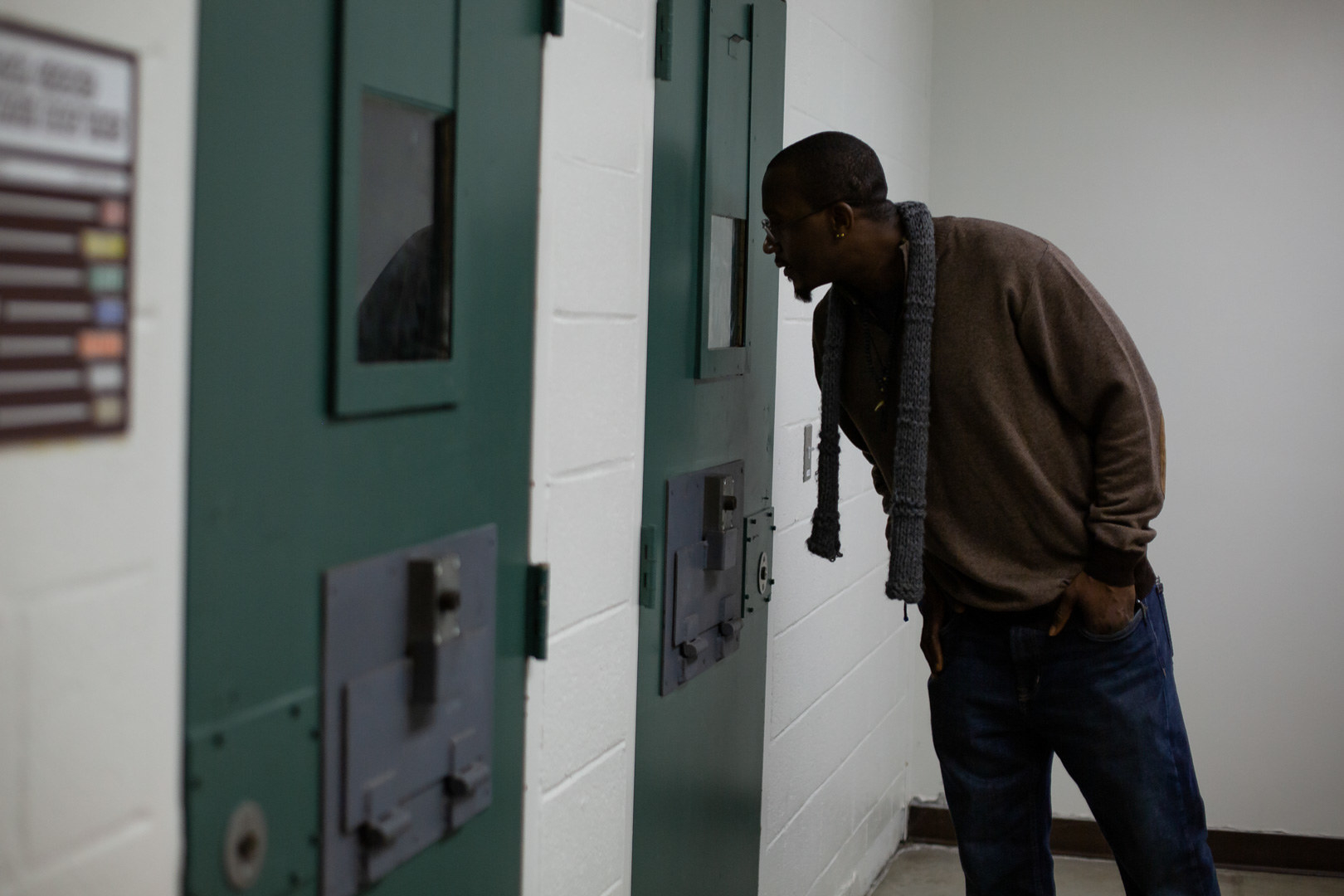
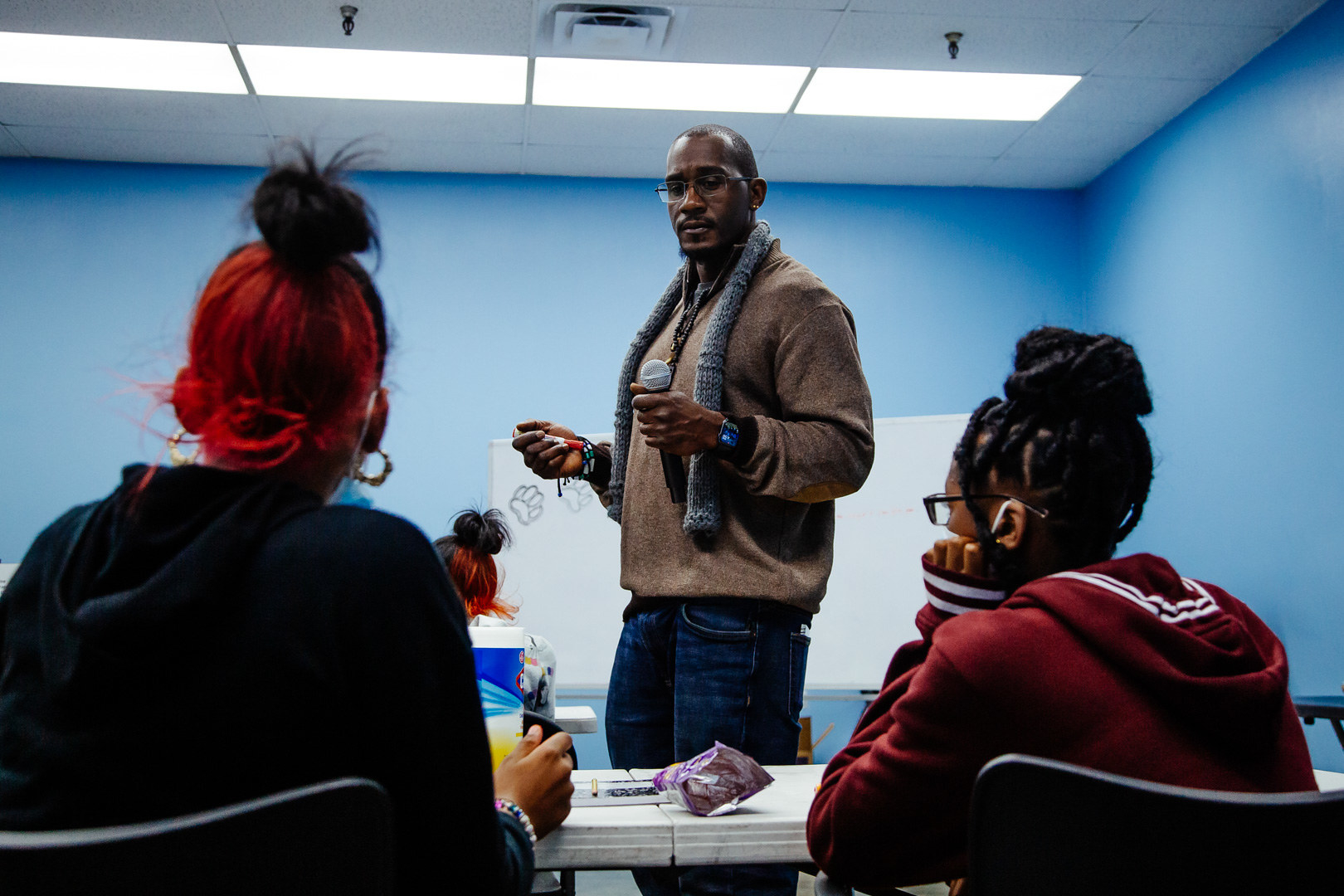
He would eventually go to prison for 18 years for multiple counts of robbery. There, he says, he was able to address the low self-esteem and insecurity that led him to seek a sense of family in the gang life.
“[The unrest] spurred on a dark moment but ultimately gave birth to a new light, and now I see the community for what it is and that’s a potential place of hope, love, and peace,” Quinnie said.
He was released from prison in 2019 and now works with other formerly incarcerated people in this community and in youth gang intervention and prevention through the Big Dogg program at Chuco’s Juvenile Center. The building is a former juvenile court and jail, complete with cells used as storage rooms. In this space, programs like the one Quinnie and Kimi Lent run are helping youth in the South Los Angeles area stay clear of gang life.
Robert Ahn
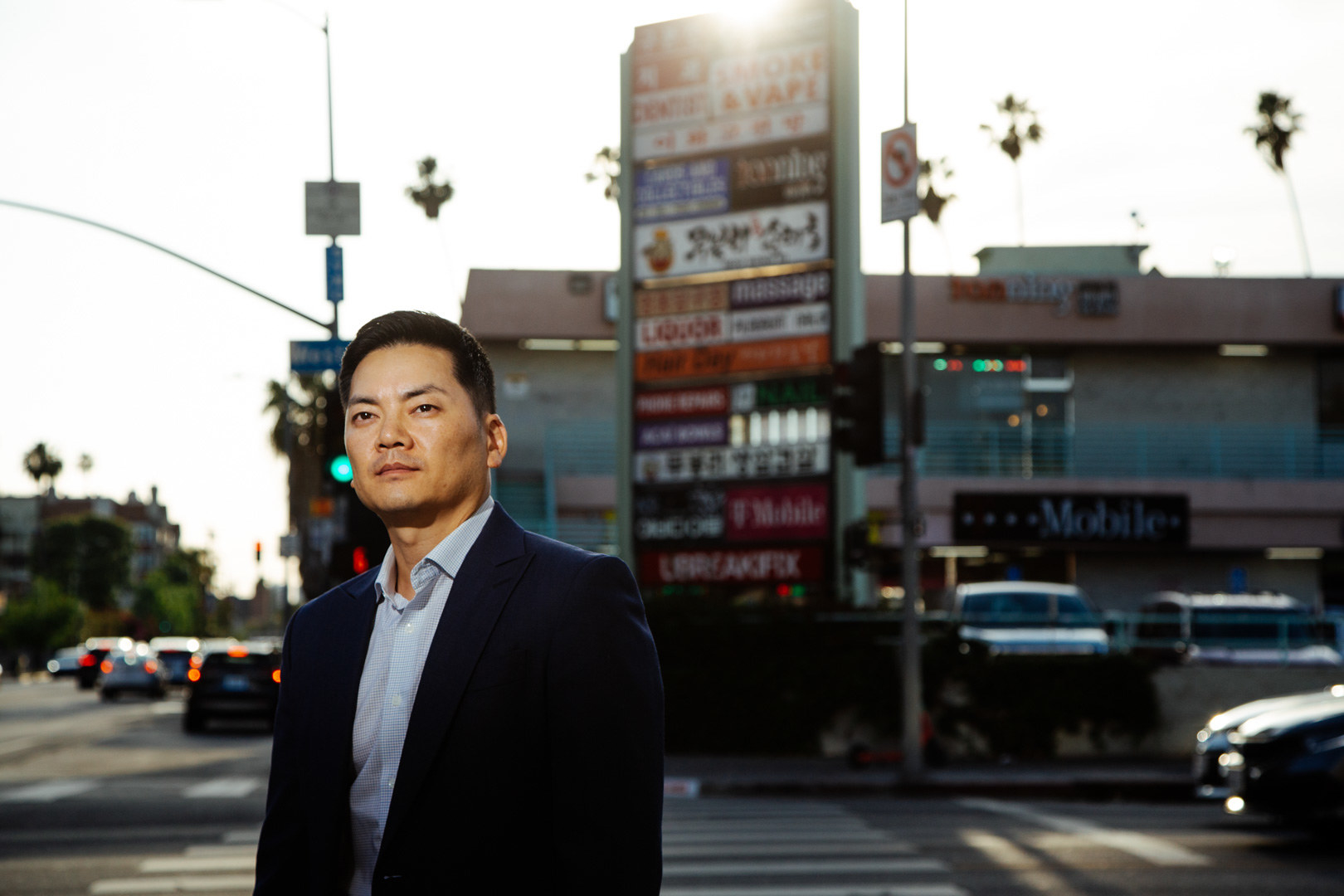
Robert Ahn is tied to Koreatown. He moved around the LA area as a kid, but somehow his family would always find their way back — it’s where they did their shopping, where they would go to church, where they ate dinner together. His father, James, owned a retail building and operated his real estate business on West 6th Street and South Western Avenue in the heart of K-Town.
His father’s office was many things to Ahn: It was his study hall and a place that served as a daycare when there was no one to watch him and his younger sister.
Ahn was 17 on April 29, 1992. His family watched the verdict on television and the aftermath in other parts of the city. While some Korean-owned businesses were harmed elsewhere in LA, Koreatown was largely spared on the first night of the unrest. Ahn and his family listened to Radio Korea in their kitchen, and when word came the next day that stores in Koreatown were being threatened, his father headed out to protect his two-story office building.
“I think we all saw it coming,” Ahn said. “There was a noticeable absence of law enforcement, so folks in the community started to get very concerned, started closing shops, and some were able to arm themselves for self-defense purposes and to preserve their livelihoods.”
Using small arms and military training they had received in Korea, Ahn said, his father and a group of other men guarded their businesses. Others along Western Avenue stood on rooftops; some created perimeters around their stores with rice bags and their cars. His father would not allow Ahn to go with him.
Ahn was frustrated and angry. He felt abandoned because there was no aid from the city. Where were the police? Where was the National Guard? Who would come to the aid of his community?
“I remember feeling a lot of sadness, a lot of fear, but then that fear turned to anger. I felt very angry, very resentful, of everything that was happening, especially when we got to understand the toll that it took,” he said. “There was no law enforcement — National Guard troops were sent in, but they were directed to other areas of the city, and I often wondered why.
“My conclusion from all of that was, I think the Korean American community at that time lacked political power, didn’t have a political voice. As a result, the community was deemed expendable, and so those precious resources were diverted towards communities in areas that did have more of a political voice and political power.”
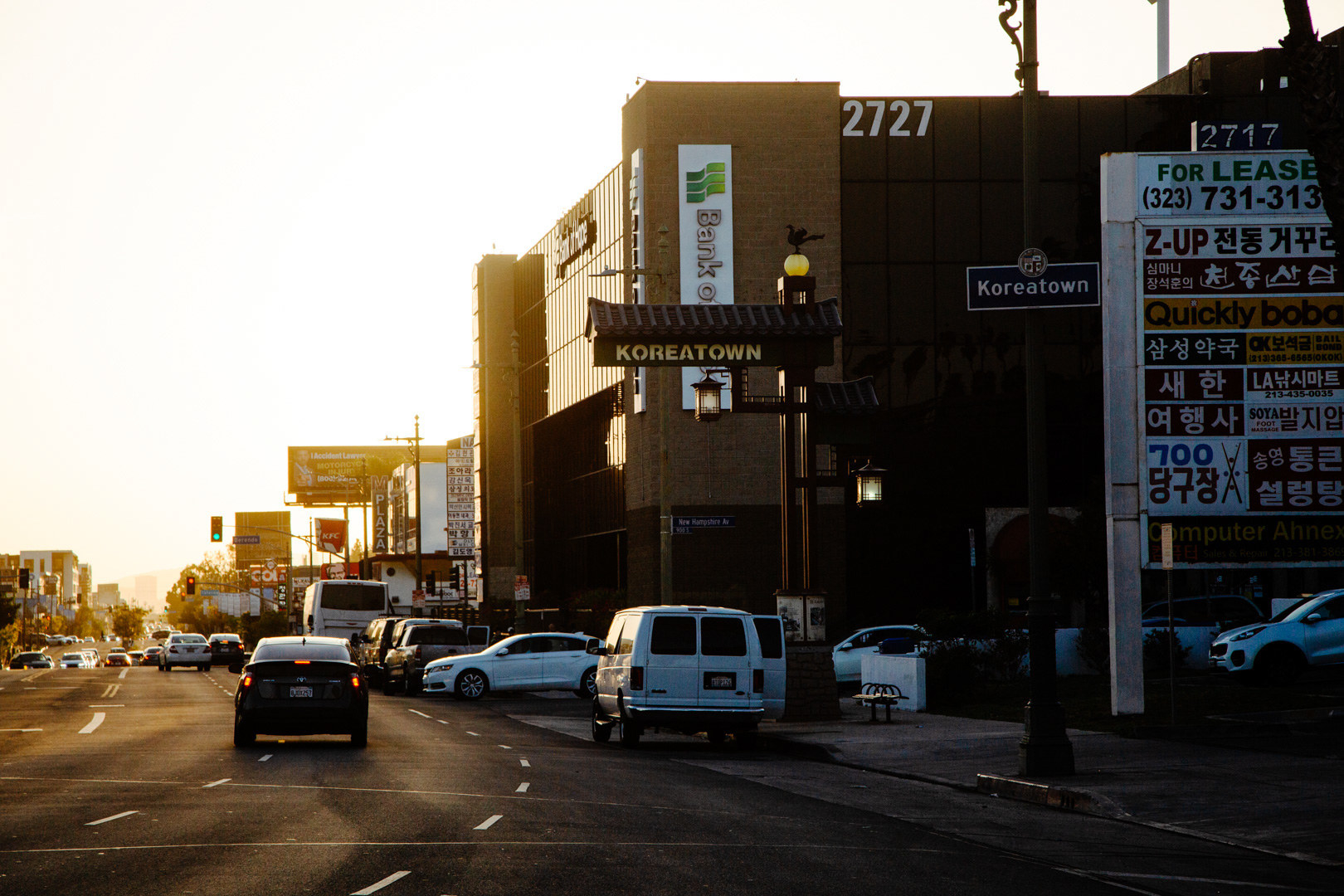
The event pushed Ahn to seek the representation and political power he saw missing in 1992. He now works as an attorney but has also worked with the LA City Planning Commission and the LA Redistricting Commission and is currently the president of the Cannabis Regulation Commission of Los Angeles. He’s also a board member of the Korean American Coalition, a group that has tried to mend some of the differences between the Black and Korean communities in 1992. Ahn ran for Congress in 2017 but was defeated.
He’s seen Koreatown change since the events of April 1992, becoming an economic engine for the city.
“From the ashes of the ’92 civil unrest, it’s remarkable to see the turnaround and the development of this area,” he said.
Aurea Montes-Rodriguez
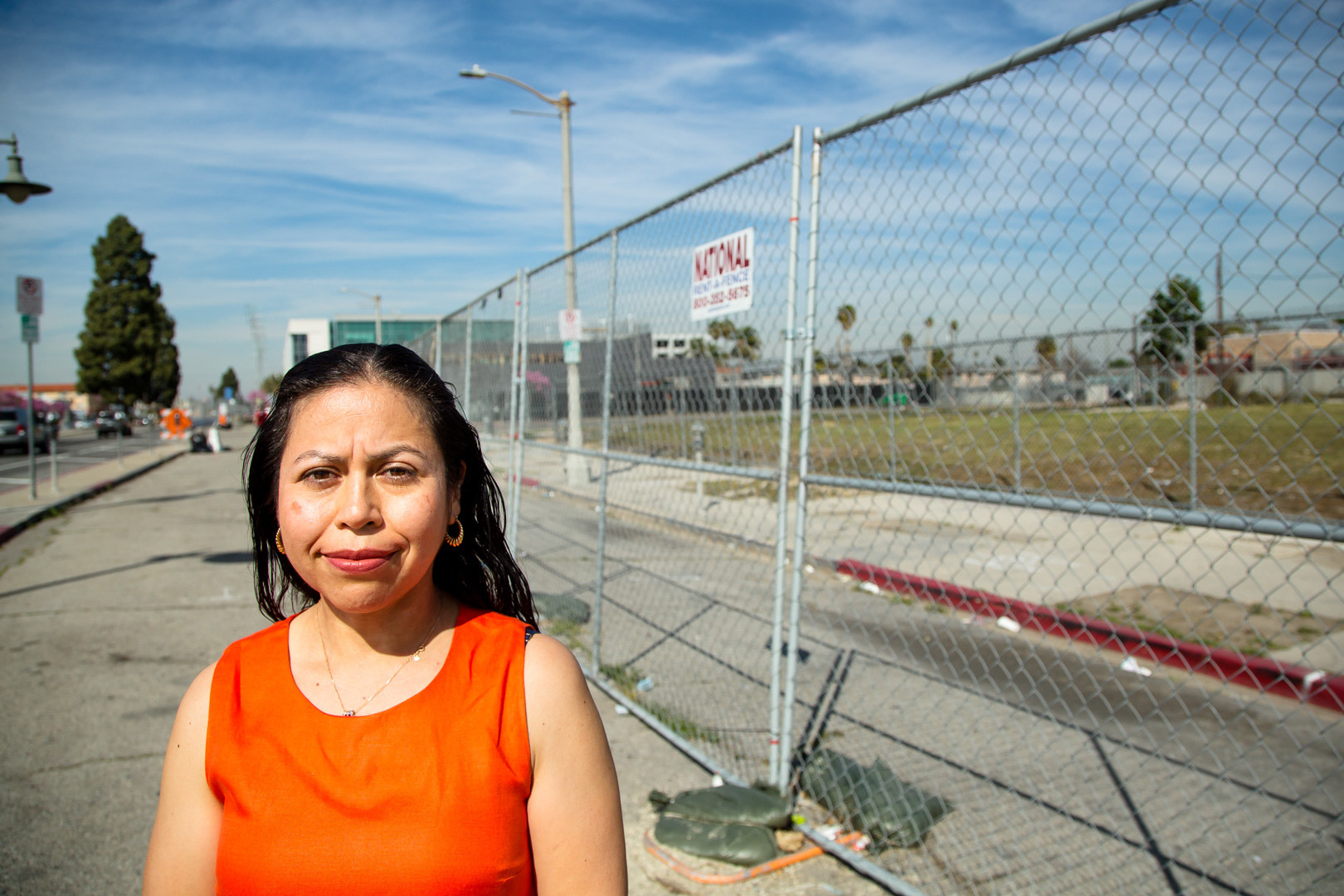
Aurea Montes-Rodriguez remembers the 3-mile walk that changed her life. She was 16 years old and part of a magnet program that bused her from her home in Compton to Roosevelt High in Boyle Heights, about 11 miles away. Montes-Rodriguez said that during the violence, buses would not go south of Imperial Highway, where she lived, so she was forced to walk home. Along the way, she saw burned-down businesses, men with rifles protecting the structures that were still standing, and a growing feeling of abandonment when she saw no aid from the city present.
“I saw my community up in flames, and I saw it with other kids who were my age,” Montes-Rodriguez said. “It just felt like ‘You all are left to figure it out, and good luck on how far it goes.’”
Years later, that walk would inspire her journey in community organization. She said she didn’t want the unrest of 1992 to be the lasting memory of South Central.
To her, it is the place that took her in as an undocumented girl from Mexico and the place she still calls home. She is the executive vice president of Community Coalition, a group that helps folks in South LA organize and get equal resources.
Three blocks away from their office is an empty lot that President Bill Clinton vowed in 1992 to rebuild. Nearly 30 years later, much of the lot is still undeveloped, but work began in 2020 to turn it into a public boarding school, a Metro training center, and affordable housing.
Margarita Carias Valencia and Elmer Roldan
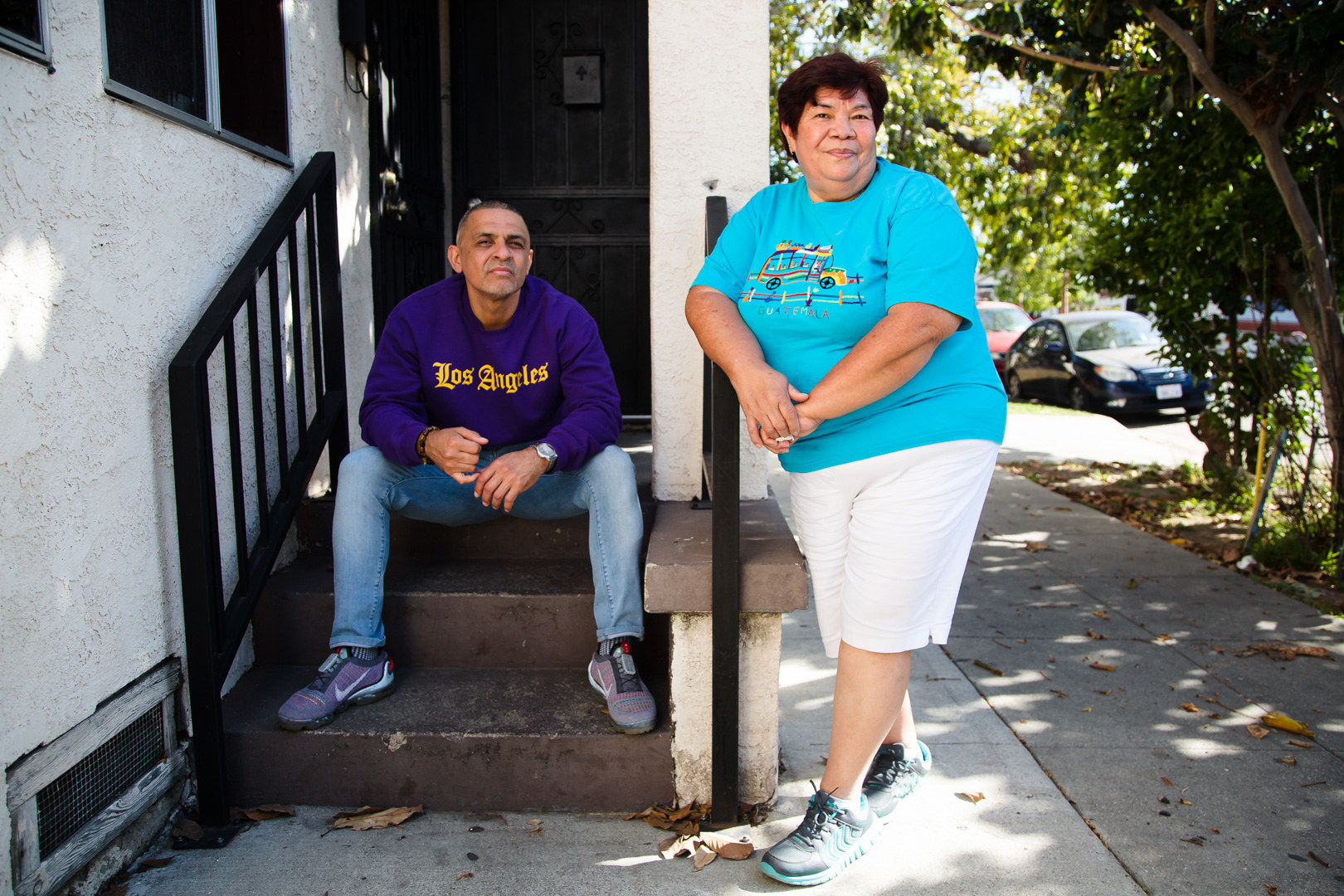
Margarita Carias Valencia does not refer to the LA unrest as a riot. She remembers it as the nightmare of 1992. Carias Valencia moved to South Los Angeles on her own in 1986, seeking better opportunities for her family, who were still living in Guatemala. A few years later, she was able to save enough money to bring the rest of her family to the US.
Her youngest, Elmer Roldan, was 9 years old when he came to the States in 1989. The family settled in a one-bedroom apartment near the Leimert Park neighborhood, which was made up of Black and Latino families. Roldan started adapting to life there, watching shows like Martin on the television set that sat in the hallway of the family’s home.

“Even if all we ate was caldo de pollo [chicken soup], I felt comfortable having them here,” Carias Valencia said.
On April 29, 1992, she was accompanying a friend to drop off some invitations. They started to see people take to the streets and some small garbage-bin fires along the way and decided to drive back. Unaware of what was unfolding or where, the two drove right through the intersection of Florence and Normandie.
The next thing they remember is a nearly full 40-ounce beer bottle striking the passenger window of their car. It hit with so much force that it broke through the window and exited through another, according to Carias Valencia, narrowly missing her and her friend. Then people approached the car and began to move it. Stunned, her friend sped up as things started to escalate. Carias Valencia remembers them driving past a beaten Reginald Denny on the street.
At home and unaware of what was going on around him, Roldan, who was 13 at the time, was watching television like he usually did when his mother suddenly ran in, covering her head. She went straight to the bathroom, where she picked out pieces of glass from her hair. To her surprise, she didn’t receive one scratch.
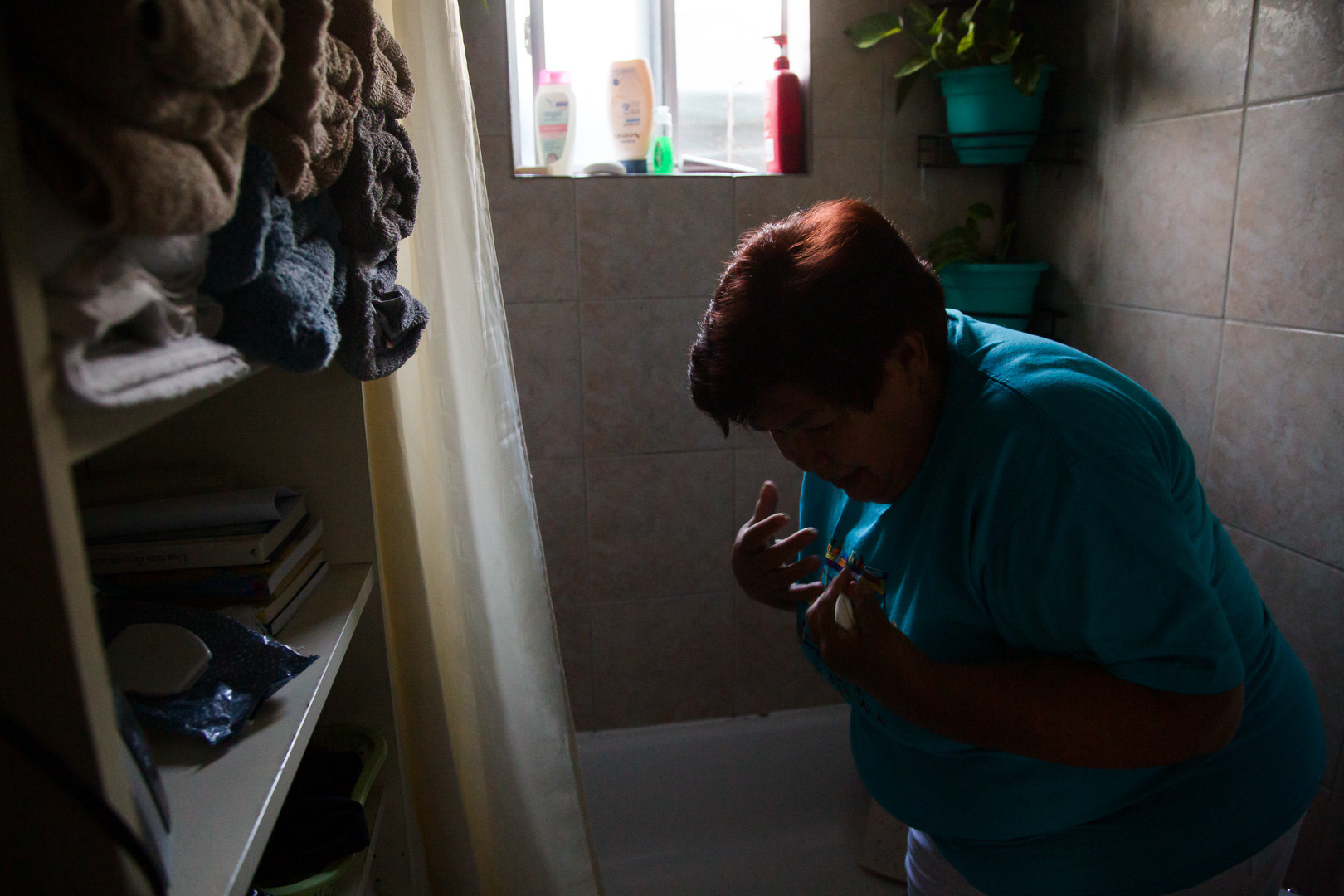
Over the following days, the family did not leave their apartment. Later they made the trek to the West Side of town to buy groceries under the watchful eye of the National Guard. The stores closer to their apartment had been emptied, and the family’s food had spoiled because of the electricity being shut off in their area. Many of the stores that were looted or burned down during the unrest were never replaced.
“Once those stores burned down, they never came back,” Roldan said. “They cleaned up the area, but those resources were lost.” As a kid, he wondered why members of his own community would do what they did to his mother and why no aid came to the community.
“It was a wake-up call, especially for Latinos, because for immigrant Latinos who come here and believe in the American promise and believe in the rule of law, to see that our communities were left to fend for themselves really did something to our psyche,” Roldan said.
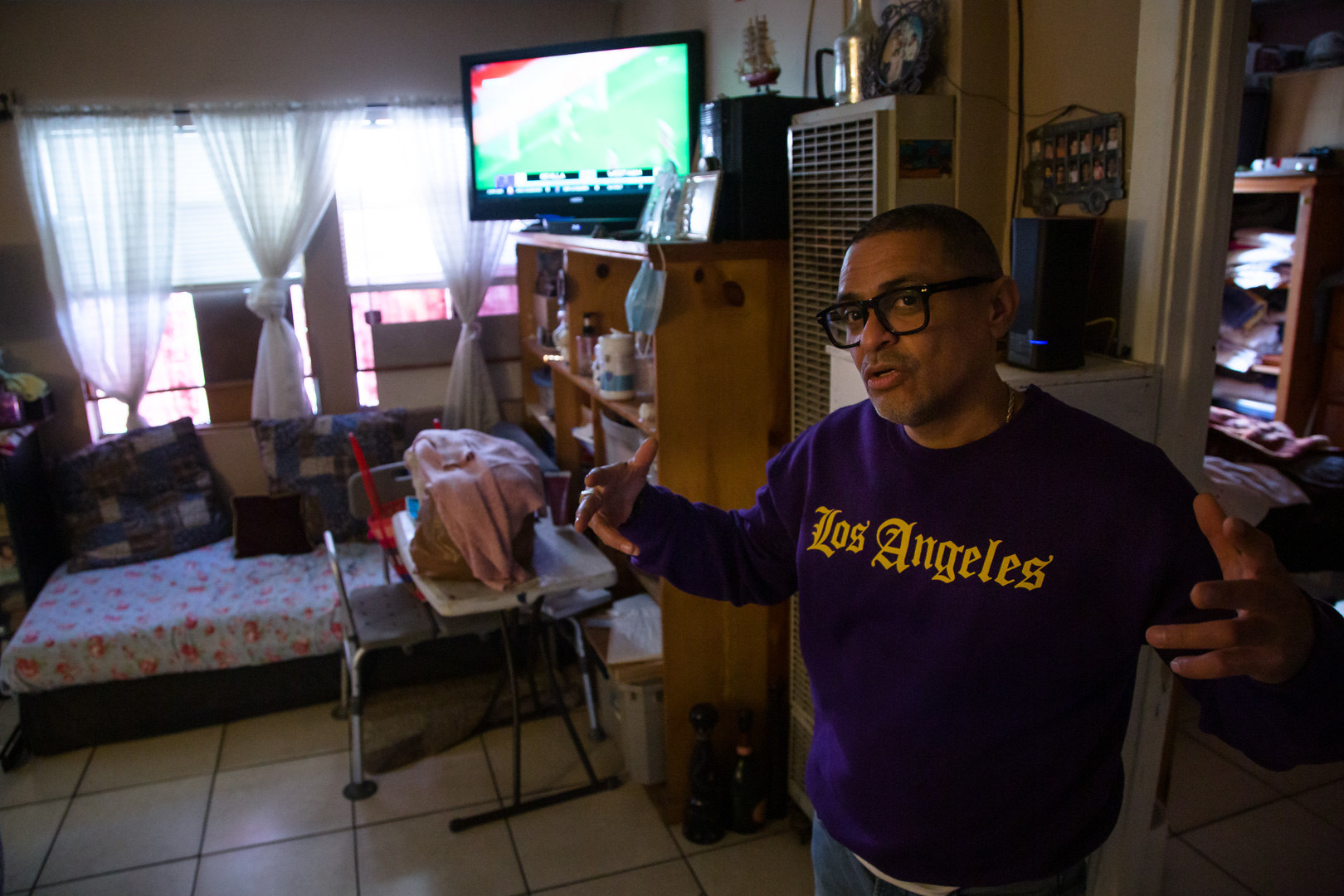
“The message that they sent, even in a time of crisis, was that they weren’t there to protect us, that it was clear that they were okay with our side of the community burning. They were OK with the stores and the businesses having to fend for themselves. And that they were there to protect the white part of South Los Angeles.”
Roldan is now the executive director of Communities In Schools of Los Angeles (CISLA), a nonprofit that works with schools in the area to bring tailored aid to students in need. Following the unrest, his family had the opportunity to leave South Los Angeles, like many other families did, and move to the Valley. His mother chose to keep them in South LA.
“For me it was like a war zone, but even with that I didn’t try to leave,” she said. “I fell in love with living here. … I don’t like the Valley. It’s too hot,” she added, laughing.




